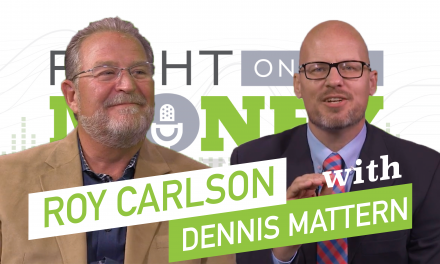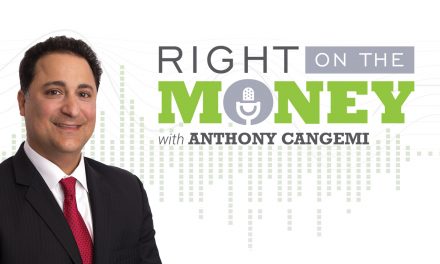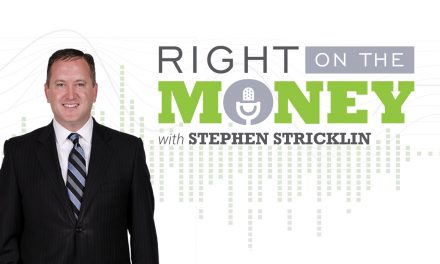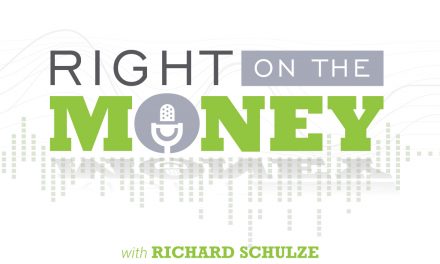The Golden Rule: He Who Has the Gold Rules
Currently, it is estimated about 170,000 metric tons of gold are in circulation. Of that amount, about 35,000 tons are in official reserves; of which roughly 20 percent are attributed to governments or central banks controlling gold hoards. The global economy always appears to be teetering on the edge of destruction, often at the slightest whispers of doom. So hoarding a little gold for yourself may help insulate part of your portfolio from ravishes of inflation and the printing of worthless dollars. Michael S. Young contributed to this article.
The U.S. gold inventory is around 8,133 tons. A few notable Western European governments maintain gold reserves as well, like Germany with 3,384 tons, Italy with 2,451 tons, France with 2,435 tons and Switzerland 1 ton. Russia owns 1,208 tons and China reportedly owns 1,700 tons, but may have up to 5,000. The International Monetary Fund (IMF) has 2,800 tons.1 Watch the interview with international investment consultant Michael S. Young as he discusses gold in circulation and money in motion.
Gold is bought and sold through the supply and demand by gold brokers and large central banks and traded on the spot and saved for futures markets. It’s a sophisticated market and difficult to track as a regular investor or consumer attempting to understand the risks and rewards of owning gold. But the most difficult dilemma for any consumer is how to use gold as a transaction currency in tough times like the Great Depression era of post-World War I Germany. The German people were carting around wheelbarrows of near worthless German Marks just to shop for basic commodities. The currency was so devalued, some people wallpapered their bathrooms with it. Hyperinflation had gripped Germany by the throat, and it was an economic catastrophe.
Gold for domestic spending is not likely how a consumer will pay for items. Even the smallest bar of bullion will be too much for daily commerce. Perhaps you could buy items in bulk, but in the end, the bullion is not divisible. At a macro level, gold may be required to back the value of global currencies, though, especially when consumer confidence drops in any specific central bank or currency. It’s even uncertain whether you would have access to your gold in a bank vault if the worst economic scenario developed. So think long and hard about owning gold and what you can really do with it before purchasing it for you portfolio.
1 International Financial Statistics, April 2016*
Syndicated financial columnist Steve Savant interviews international investment consultant Michael S. Young on the virtues of owning gold in your portfolio. Right on the Money is a weekly financial talk show for consumers, distributed as video press releases to 280 media outlets nationwide.





